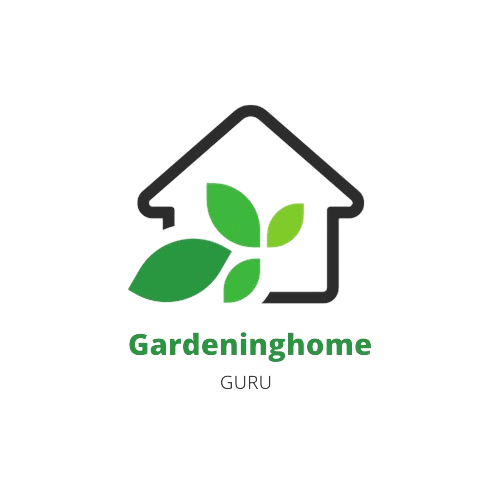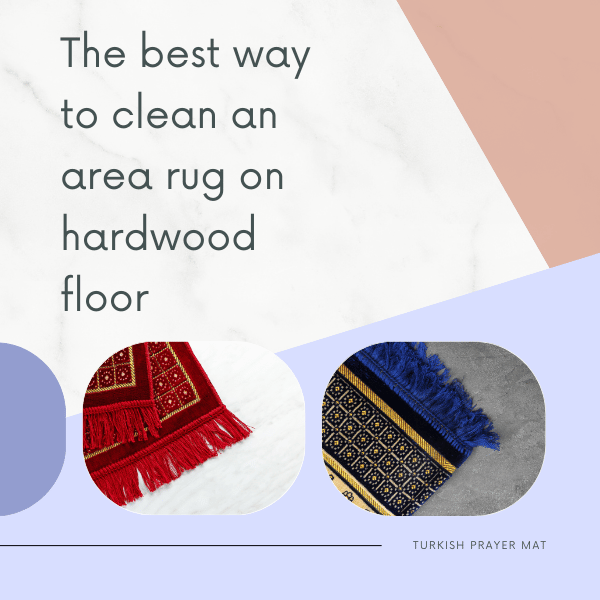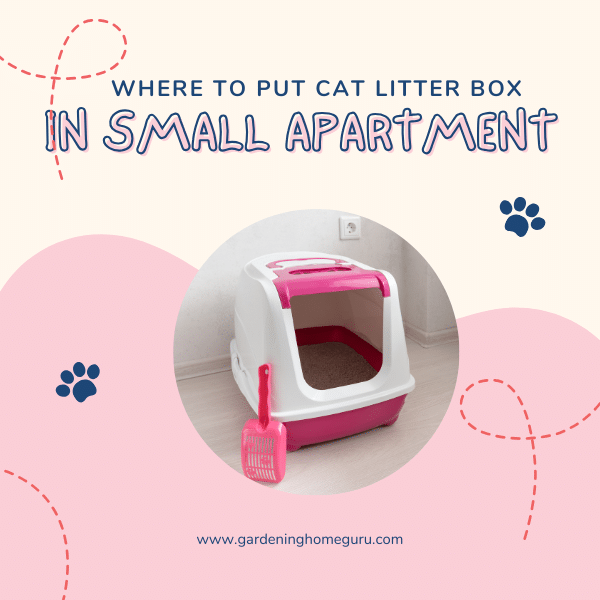Ever thought about bringing a slice of nature indoors? Indoor container gardening is your answer! It’s an incredible way to spruce up your living space while enjoying the perks of having plants around you. Whether you’re an experienced gardener or a complete newbie, this guide will help you get started with indoor container gardening and transform your home into a green oasis.
Indoor container gardening is not just about placing a few potted plants around your house. It’s about creating a thriving ecosystem that enhances your living space, purifies the air, and even provides you with fresh herbs and vegetables. I started my indoor gardening journey a few years ago and it has completely changed the ambiance of my home. Now, I’m excited to share this ultimate guide with you!
Why Indoor Container Gardening?
Indoor container gardening is more than just a hobby—it’s a lifestyle. Here’s why you should consider it:
Brings Nature Inside: Living in a concrete jungle can sometimes make us feel disconnected from nature. Indoor gardening bridges that gap, allowing you to bring the serenity and beauty of nature into your home. Imagine the tranquility of a mini-forest right in your living room.
Purifies the Air: Many indoor plants have air-purifying qualities. They absorb pollutants and release fresh oxygen, making your indoor air healthier to breathe. Plants like spider plants, peace lilies, and snake plants are particularly known for their air-purifying abilities.
Enhances Home Decor: Plants add a touch of elegance and vibrancy to any space. Whether it’s a lush fern in the corner or a colorful pot of flowers on the windowsill, indoor plants can significantly enhance your home’s aesthetic appeal.
Provides Fresh Herbs and Vegetables: Imagine plucking fresh basil or mint for your cooking right from your indoor garden. Growing herbs and small vegetables indoors ensures you have fresh, organic produce at your fingertips.
Choosing the Right Containers
The container you choose plays a crucial role in the health and growth of your plants. Here’s how to make the right choice:
Traditional Pots: Classic and versatile, traditional pots are perfect for almost any plant. They come in various materials like clay, ceramic, and plastic. Clay pots are breathable, which helps with soil aeration, but they can be heavy. Plastic pots are lightweight and usually cheaper, but they don’t offer the same breathability.
Hanging Baskets: If you’re short on floor space, hanging baskets are a great option. They’re perfect for trailing plants like ivy or spider plants. Make sure they have good drainage to prevent waterlogging.
Window Boxes: Window boxes are ideal for herbs and small flowers. They allow you to maximize light exposure since they’re typically placed on windowsills. This can be especially beneficial in apartments or homes with limited outdoor space.
Upcycled Containers: Get creative with upcycled containers! Old teapots, mason jars, or even broken mugs can make charming plant containers. Just ensure they have proper drainage—drill holes if necessary.

Picking the Perfect Plants
Selecting the right plants for your indoor garden is essential for success. Here’s a rundown of some great options:
Easy-to-Grow Plants for Beginners
- Herbs: Basil, mint, parsley, and chives are excellent choices. They’re relatively easy to grow and can be used fresh in your cooking.
- Leafy Greens: Spinach, lettuce, and arugula thrive in containers and don’t require extensive care.
- Succulents and Cacti: These hardy plants are perfect for those who might forget to water regularly. They come in a variety of shapes and sizes, adding a unique touch to your garden.
- Low-Light Houseplants: Snake plants, pothos, and ZZ plants are ideal for spaces with less natural light. They’re resilient and require minimal maintenance.
Selecting Plants Based on Indoor Conditions
When choosing plants, consider the light and humidity levels in your home. Plants like ferns and orchids thrive in high humidity, making them perfect for bathrooms or kitchens. On the other hand, succulents prefer dry conditions and plenty of sunlight, making them ideal for sunny windowsills.
Soil and Planting Basics
The foundation of a healthy indoor garden lies in the soil and proper planting techniques. Here’s what you need to know:
Importance of Good Potting Soil
Good potting soil is crucial for plant health. It should be light, well-draining, and rich in nutrients. Avoid using garden soil as it can be too dense and may contain pests.
Homemade Potting Mix Recipe
You can make your own potting mix using:
- 1 part peat moss or coco coir
- 1 part perlite or coarse sand
- 1 part compost
This mix ensures good drainage while providing essential nutrients.
Steps of Planting in Containers
- Add Drainage Material: Place a layer of gravel or small stones at the bottom of the container to ensure proper drainage.
- Fill with Soil: Add your potting mix, leaving enough space for the plant.
- Planting and Spacing: Place your plant in the container, making sure the roots are spread out. Fill with more soil and gently press down.
- Watering Correctly: Water thoroughly after planting. Ensure the soil is moist but not waterlogged.

Light and Watering Needs
Understanding your plants’ light and watering needs is essential for their growth.
Importance of Light for Indoor Plants
Light is vital for photosynthesis. Most indoor plants prefer bright, indirect light. However, some plants can thrive in low-light conditions. Assess the natural light in your home and place plants accordingly.
Maximizing Natural Light and Using Artificial Grow Lights
If your home lacks sufficient natural light, consider using grow lights. LED grow lights are energy-efficient and provide the necessary light spectrum for plant growth. Position them close to your plants, following the manufacturer’s guidelines for optimal results.
Watering Needs of Different Plants
Over-watering is a common mistake in indoor gardening. Each plant has unique watering requirements. For instance, succulents need to dry out completely between waterings, while ferns prefer consistently moist soil. Create a watering schedule based on the specific needs of your plants.
Final Thoughts
Indoor container gardening is a rewarding and enjoyable hobby that can transform your living space and bring numerous benefits. From purifying the air to providing fresh herbs and vegetables, the advantages are endless. Plus, it’s a wonderful way to reconnect with nature and add a touch of green to your life.
If you’ve been thinking about starting an indoor garden, there’s no better time than now. Follow the steps outlined in this guide, and you’ll be well on your way to creating a thriving indoor garden. Remember, gardening is a journey, so enjoy the process and don’t be afraid to learn and grow along the way.






